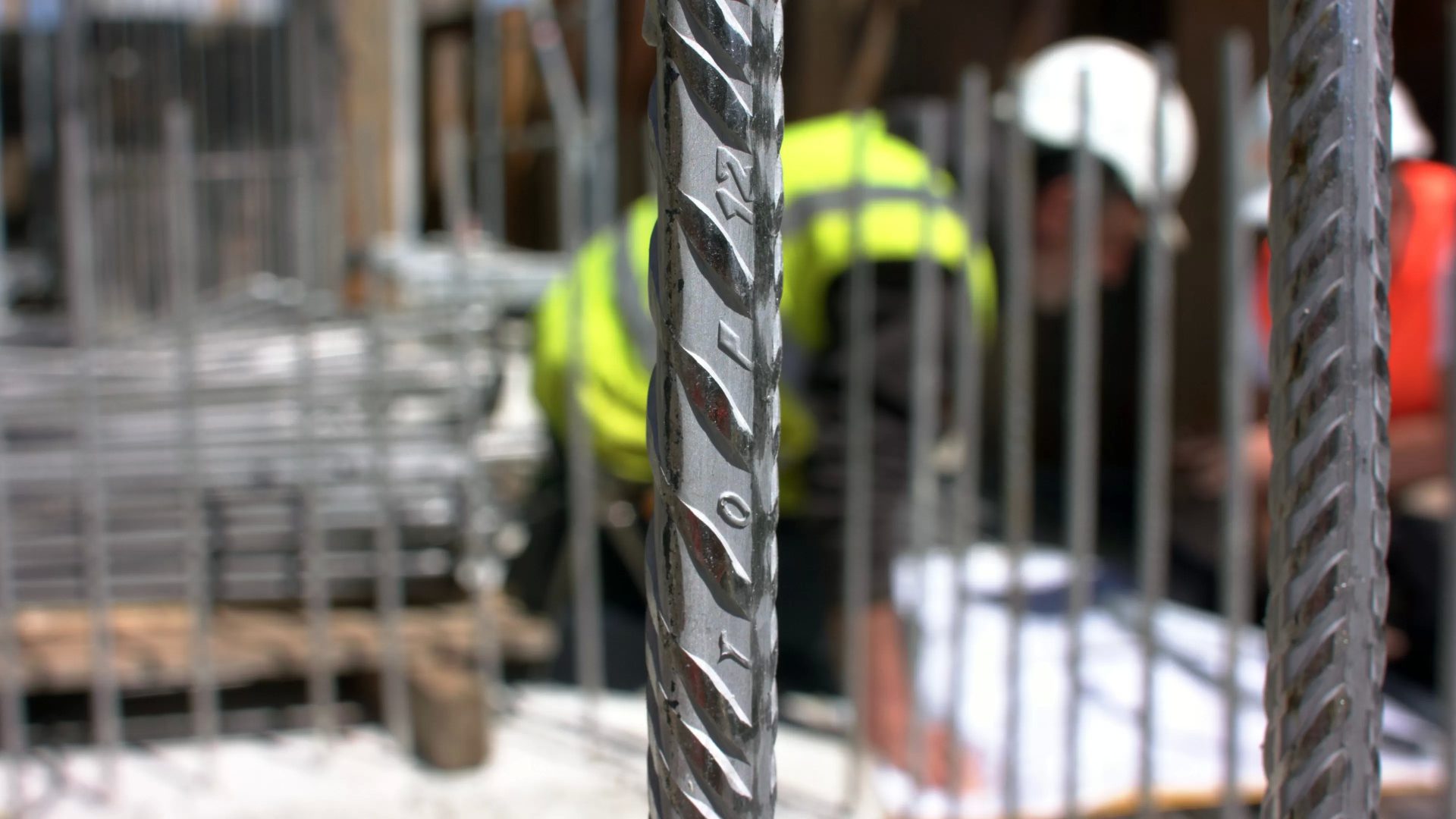Constructions in aggressive seawater environments
The geographical location of many European countries with extensive coastlines has had a significant impact on maritime transport in recent years, particularly as a result of EU enlargement, economic growth and the globalisation of trade. This has led to significant developments in harbour infrastructures, which today are mainly made of concrete. These structures must withstand specific environmental and climatic demands, including seawater attack, the physical effects of water movement and exposure to wind, humidity and sunlight.
Exposure to seawater accelerates the penetration of chlorides into the concrete and consequently to the reinforcement. This can lead to early signs of corrosion of the reinforced concrete reinforcement. In addition to visual impairments such as cracks and concrete spalling, the damaging process of reinforcement corrosion can ultimately also lead to cross-sectional losses of the reinforcement itself that are relevant to the load-bearing capacity.
UGIGRIP®: the choice for long-term resistance in marine conditions
The use of stainless steels is recommended, as only they offer a guarantee of durable structures with only low additional investment costs. With UGIGRIP®, Swiss Steel Group offers a steel solution that is perfectly resistant to the corrosion of coastal structures.






